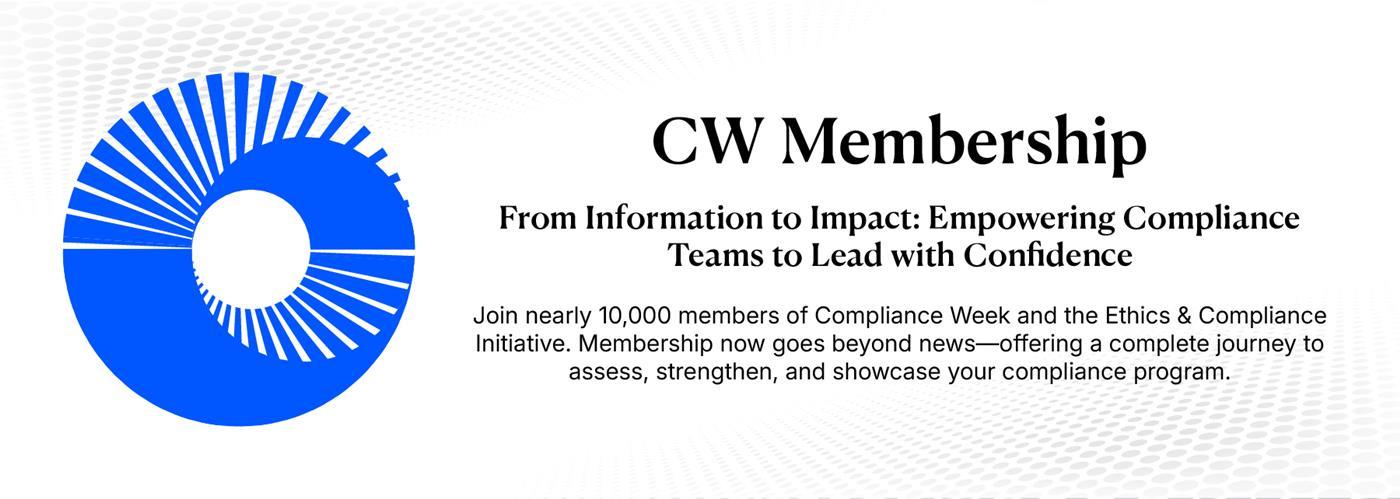- Home
-
News
- Back to parent navigation item
- News
- National Compliance Officer Day 2025
- Accounting & Auditing
- AI
- AML
- Anti-Bribery
- Best Practices
- Boards & Shareholders
- Cryptocurrency and Digital Assets
- Culture
- ESG/Social Responsibility
- Ethics & Culture
- Europe
- Financial Services
- Internal Controls
- Regulatory Enforcement
- Regulatory Policy
- Risk Management
- Sanctions
- Surveys & Benchmarking
- Supply Chain
- Third Party Risk
- Whistleblowers
- Opinion
- Benchmarking
- Certification
- Events
- Research
- Awards
-
CW Connect
- Back to parent navigation item
- CW Connect
- Sign In
- Apply
- Membership
Five best practices for running an effective internal investigations program
By David Cole and Michael Mayes, CW guest columnists 2025-08-21T19:59:00

In today’s complex and rapidly evolving regulatory compliance environment, organizations should have a thorough and effective internal investigations program in place to address any allegations of misconduct.
A well-designed investigation program is crucial for maintaining integrity and ensuring compliance. In-house counsel play a critical role in both building and implementing such a program, and in continuously evaluating and strengthening its effectiveness. The following guide outlines the key components of an effective investigations program and provides strategic guidance for in-house counsel.
THIS IS MEMBERS-ONLY CONTENT
You are not logged in and do not have access to members-only content.
If you are already a registered user or a member, SIGN IN now.
Related articles
-
 Opinion
OpinionWhy audit won’t save your anti-money laundering (AML) program
2025-08-29T20:52:00Z By Brett Erickson, guest contributor
In financial institutions across the United States, there’s a reflex that’s become almost ritual. When a regulator walks in, or a board member asks whether the AML program is working, the answer is the same: “We just passed audit.” It’s delivered with confidence, sometimes even pride, as if the risk ...
-
 Premium
PremiumEmerging Compliance Risks 2025: Laurie Waddy on Leadership, Anticorruption, and AI
2025-08-22T18:50:00Z By Aly McDevitt
Former Head of Compliance/Chief Compliance Officer Laurie Waddy believes compliance professionals are well-positioned to support artificial intelligence (AI) adoption in their organizations. Drawing on 25 years’ experience in legal and compliance roles across multiple industries, Waddy shares insights into top compliance trends confronting the profession, including the emerging compliance risks ...
-
 Opinion
OpinionAI governance, agentic misalignment and the lessons from ‘Star Trek’
2025-08-19T14:07:00Z By Tom Fox
Does sci-fi predict the future of compliance or simply provide commentary on the current state of compliance? What is the role of corporate compliance around AI governance?
More from Best Practices
-
 Opinion
OpinionTracing Illicit Crypto: How to leverage blockchain analytics for effective AML compliance
2025-09-29T20:44:00Z By Rezaul Karim, CW guest contributor
Cryptocurrency’s transparency can be exploited for laundering, ransomware, and darknet activity. Blockchain analytics helps trace funds and flag suspicious behavior.
-
 Opinion
OpinionDecision Debt: The silent crisis undermining compliance and governance
2025-09-19T17:19:00Z By Erica Curry, CW guest columnist
Decision debt is the practice of leaving key compliance decisions unresolved, and it is a crisis few compliance leaders are willing to name. Some of the world’s largest financial institutions, including Wells Fargo and Citibank, have learned this lesson the hard way.
-
 Opinion
OpinionFive best practices for conducting effective investigations
2025-08-25T19:13:00Z By David Cole and Michael Mayes, CW guest columnists
Companies face rising pressure to detect misconduct early. Strong internal investigations identify compliance issues, uphold regulations, and protect credibility.
- Terms and Conditions
- Privacy Policy
- Do Not Sell My Info
- © 2025 Compliance Week
Site powered by Webvision Cloud






